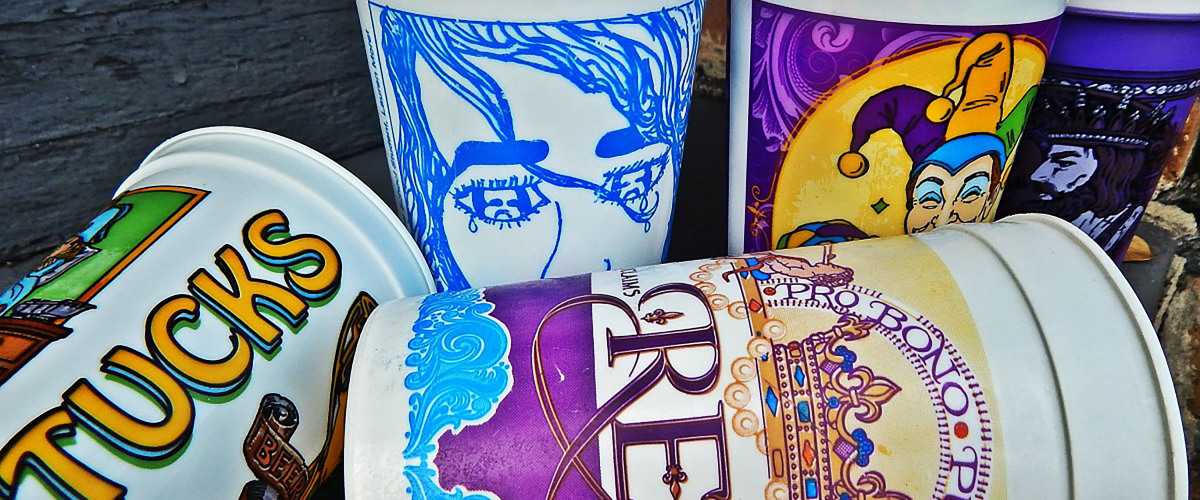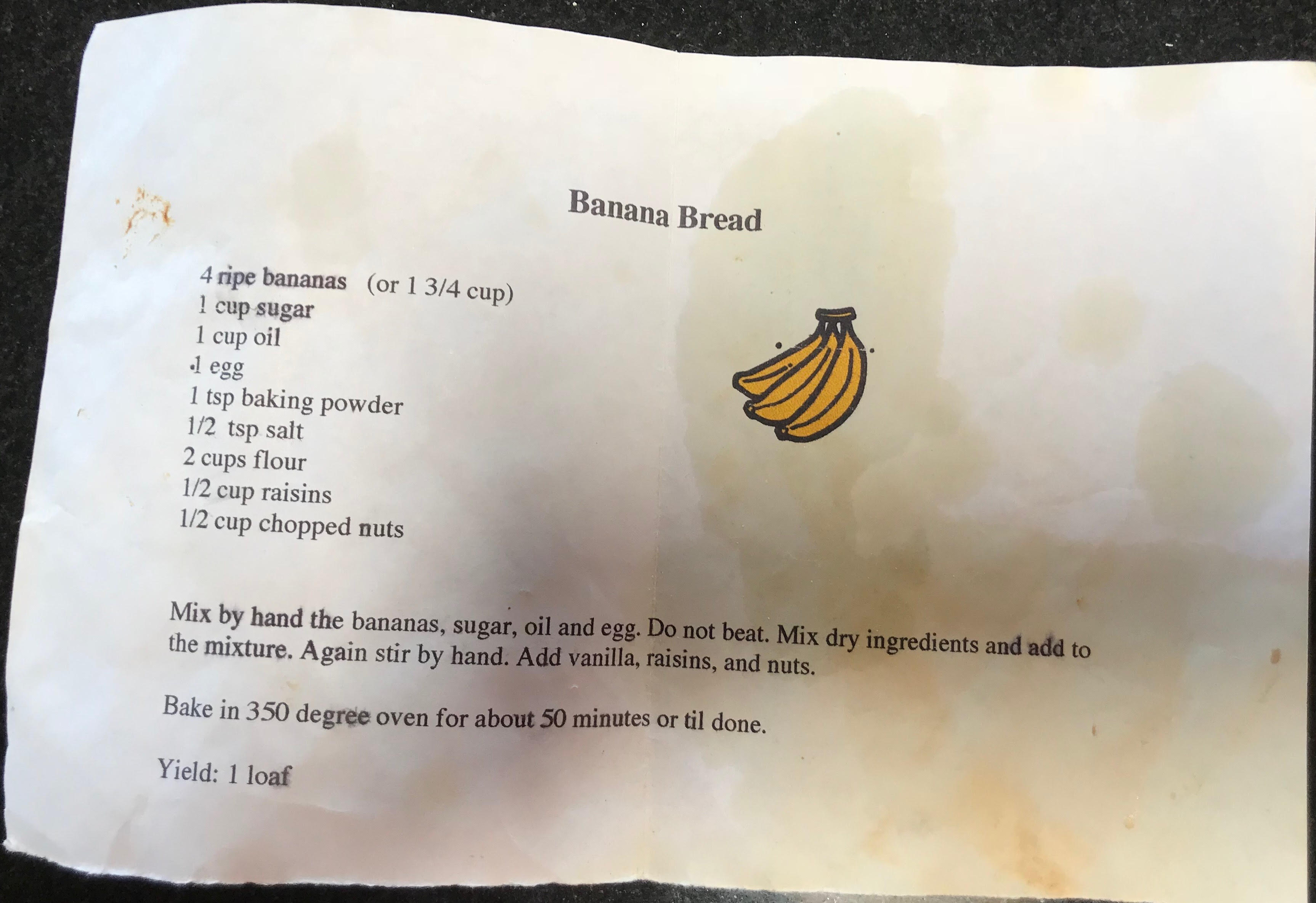Context: Udala Tree is a folk object/legend native to my dad’s village of Onitsha. He knows about this legend because he is a titled man just like his father before him, hence why knowledge was passed down to him.
C: Udala tree is a sacred tree in Onitsha that can only be used by titled men[Ozo title and members of Abalenza] who are the spiritual and cultural leaders within the village. The Udala tree is a powerful tree that is kept as a means of communing with one’s ancestors. Titled men receive what is called an Osisi, which is made from parts of the Udala tree. The Osisi is a staff that has immense power as it too is a means of communing with one’s ancestors and is connected to the Udala tree. No portion of the tree can never be given as a gift because it holds immense power that could possibly be used for evil doing and should not be given to those without the proper understanding of its potential.
Thoughts: I think this is really interesting and is something that I never really understood until now. Growing up my dad was always telling my brother and I stories revolving around his childhood and in particular my late grandfather who was a titled man who was widely respected in his village. Similar to my grandfather, my dad is also a titled man and is designated as a spiritual and cultural leader within his village and in our family as well. The description of the Udala tree is eye-opening because it represents a sacred folk object for men like my dad. Tapping into my memory, one instance stood out to me that became more clear because of the description of the power held by titled men. I remember that my dad would refuse to pray when he was angry. I never really understood why, but in seeing the power he held it makes sense[i.e. It would not be wise to pray angry because you could unintentionally wish harm or do harm to someone out of anger during prayer]. I am unsure in my dad’s description, however, as to whether this tree is real or only a legend passed down by titled men. I know there are some things that my dad refuses to tell me because I am not yet ready to learn or even understand the things that he does, but I hope to eventually verify whether or not this sacred tree is in fact real.


